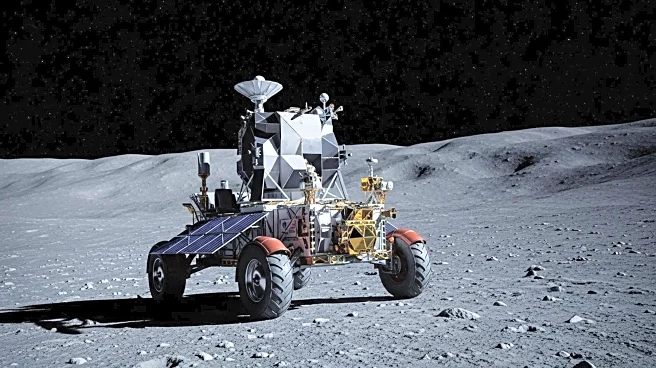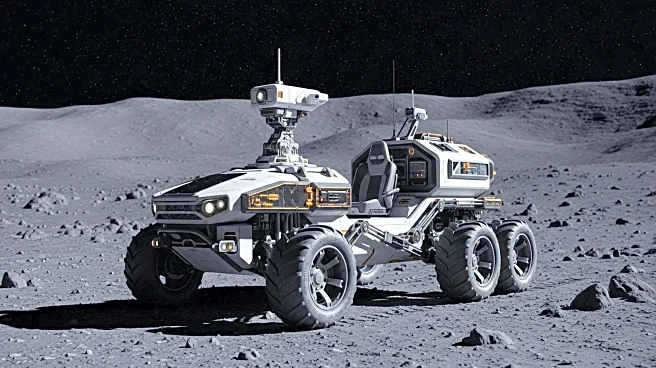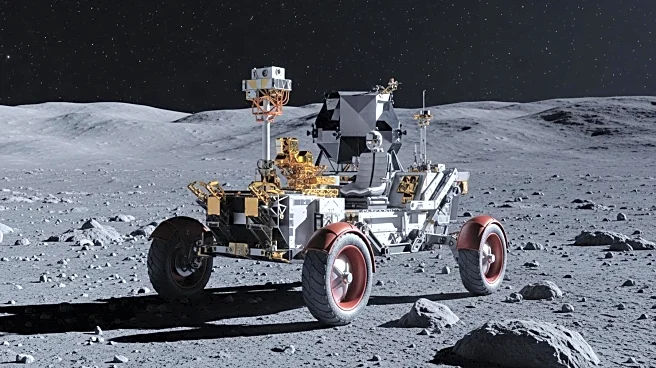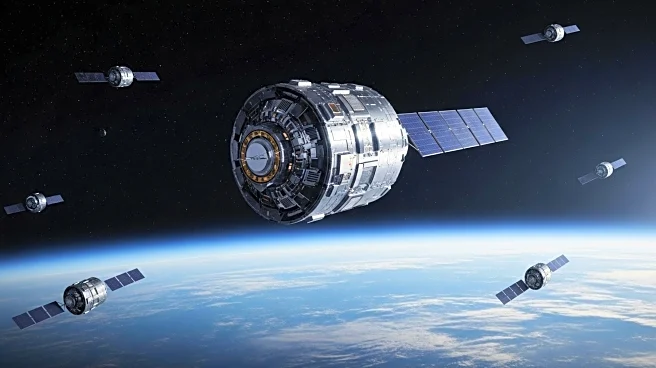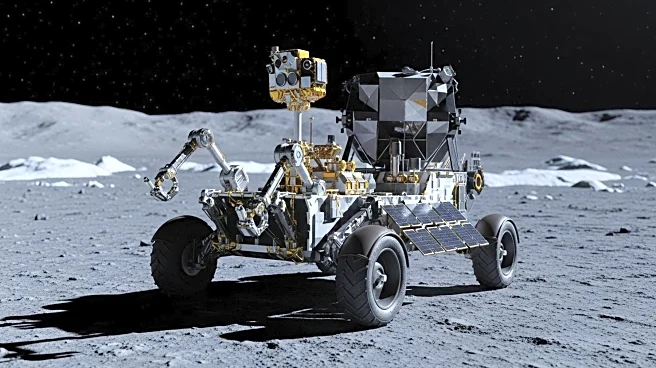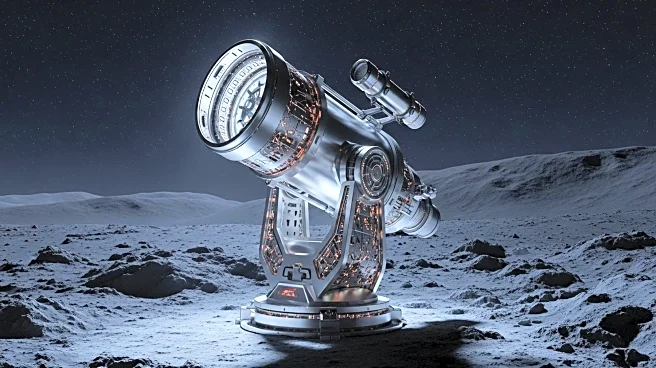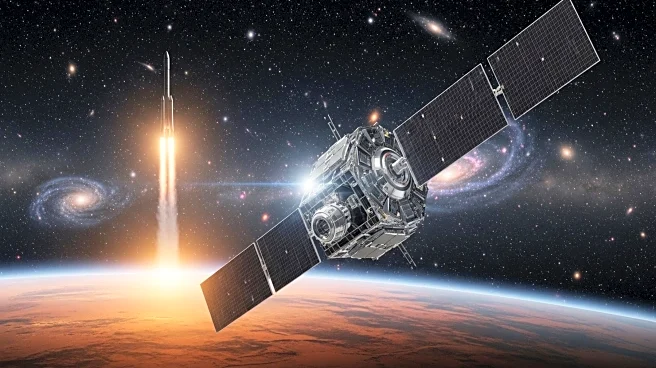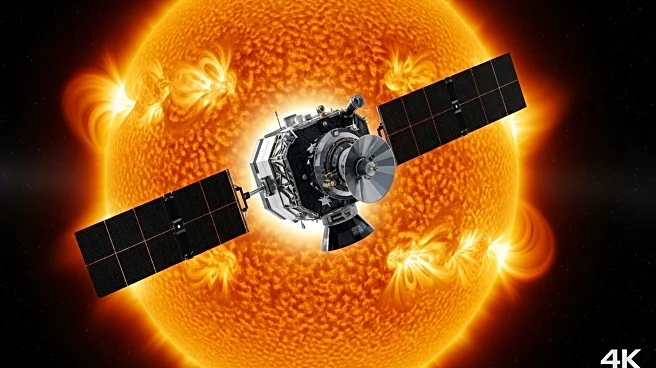What's Happening?
NASA has revived its VIPER lunar rover mission by awarding Blue Origin a $190 million contract to deliver the rover to the moon's south pole in 2027. This decision marks a reversal from NASA's previous cancellation of the mission due to cost overruns and concerns about the readiness of the original lander, Astrobotic's Griffin. Blue Origin will utilize its Blue Moon Mark 1 lander for the mission, which will be the lander's second flight. The VIPER rover is tasked with searching for water ice in permanently shadowed craters at the lunar south pole. The contract is part of NASA's Commercial Lunar Payload Services (CLPS) program, which aims to leverage private sector capabilities for lunar exploration. The award includes designing accommodations for VIPER on the Blue Moon lander and ensuring its successful deployment on the lunar surface.
Why It's Important?
The revival of the VIPER mission is significant for several reasons. It underscores NASA's commitment to lunar exploration and the search for water ice, which is crucial for future lunar habitation and resource utilization. By partnering with Blue Origin, NASA is fostering private sector involvement in space exploration, potentially reducing costs and accelerating technological advancements. The mission also supports American leadership in space, as emphasized by NASA's associate administrator for science, Nicky Fox. The discovery of water ice on the moon could have profound implications for long-term lunar permanence, enabling sustainable human presence and supporting future missions to Mars and beyond.
What's Next?
Following the award, Blue Origin will proceed with the production of its second Blue Moon Mark 1 lander, which is already underway. The next steps involve completing the design work for VIPER's accommodations on the lander and ensuring a successful landing of the first Blue Moon mission. NASA will exercise the option to fund VIPER's delivery after these milestones are achieved. Meanwhile, Astrobotic will focus on demonstrating Griffin's landing capabilities and delivering commercial payloads, including the FLIP rover. The timeline for the CS-7 award and the number of bids received by NASA remain undisclosed.
Beyond the Headlines
The VIPER mission could have long-term implications for lunar exploration and the understanding of water distribution on the moon. The data collected by VIPER may provide insights into the moon's geological history and the potential for in-situ resource utilization. This mission also highlights the growing role of private companies in space exploration, which could lead to more cost-effective and innovative solutions for future missions. The collaboration between NASA and Blue Origin exemplifies the shift towards public-private partnerships in advancing space exploration goals.

